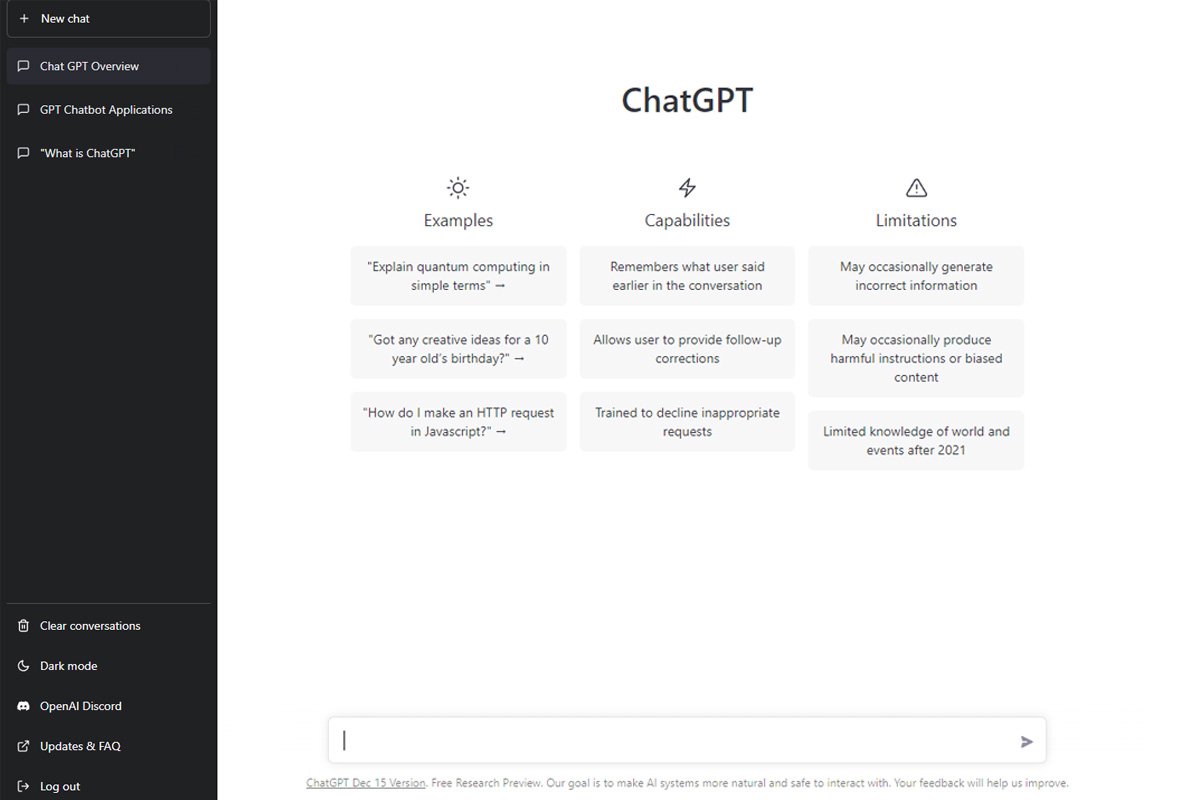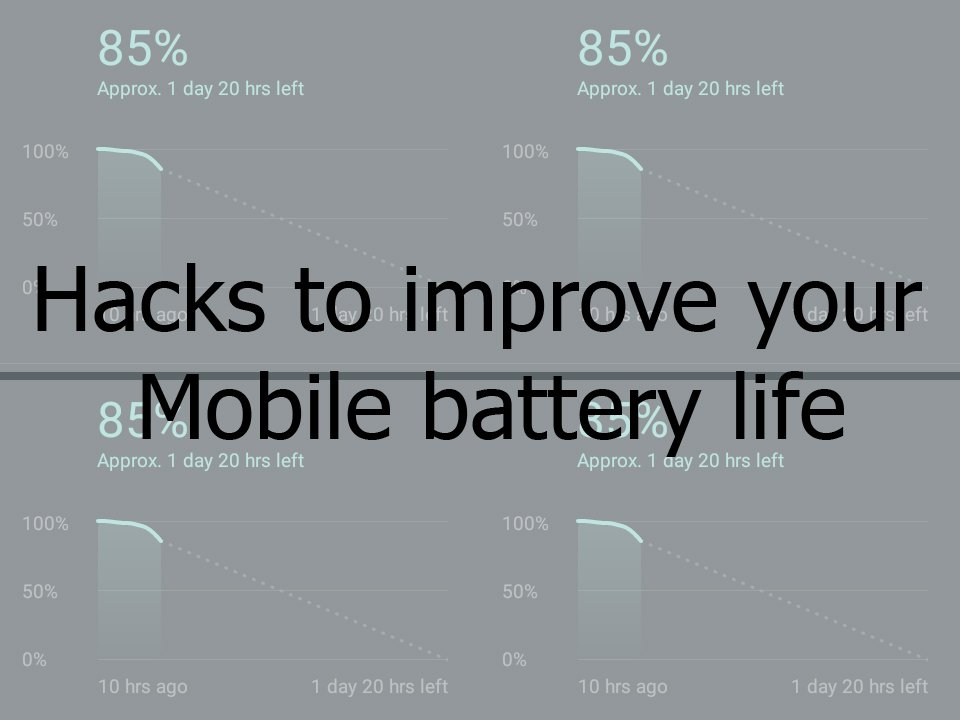What is Chat GPT? This article is written by Chat GPT itself
Chat GPT, or Chat Generative Pre-trained Transformer, is a state-of-the-art language model developed by OpenAI for generating human-like text in real time. Chat GPT is relevant because it has significantly improved the capabilities of chatbots and virtual assistants to understand and respond to natural language input. It can generate personalized responses and handle a wide range of conversation topics, making it a valuable tool for customer service, online education, and other applications where natural language interaction is essential. It is also relevant because it has sparked discussions around the ethical implications of using advanced language models, such as the potential for bias and the impact on employment in specific industries.
What is Chat GPT?

Definition and explanation of Chat GPT
- Chat GPT is a variant of the original GPT (Generative Pre-trained Transformer) language model, specifically designed for real-time chat applications. It is trained on a large dataset of human conversations and can generate highly human-like responses in terms of language and style.
- Like other language models, Chat GPT is based on machine learning algorithms that allow it to analyze and understand the patterns and structures of human language. It uses this understanding to predict the most likely next word or phrase in a conversation, based on the input it receives. For example, if a user says “I’m looking for a restaurant to eat at tonight,” Chat GPT might suggest a type of cuisine or location based on the context of the conversation.
- What sets Chat GPT apart from other language models is its ability to generate responses that are tailored to the individual user and the specific context of the conversation. It can also handle a wide range of topics and adapt to new information as the conversation progresses. This makes it an effective tool for chatbots and virtual assistants that need to provide personalized, human-like responses in real-time.
How it is different from other language models
Chat GPT is different from other language models in a few key ways:
- Real-time generation: One of the main differences is that it is designed to generate responses in real-time, as opposed to generating responses in batch mode like some other language models. This allows it to be used in chatbot and virtual assistant applications where quick, natural-sounding responses are important.
- Personalized responses: It is also able to generate responses that are tailored to the individual user and the specific context of the conversation. It can take into account the user’s past interactions and adjust its responses accordingly, making it more effective at providing personalized service.
- Wide range of topics: Another difference is that Chat GPT is able to handle a wide range of topics and adapt to new information as the conversation progresses. This makes it a versatile tool for chatbots and virtual assistants that need to handle a diverse set of queries and requests.
- Human-like language: it is trained on a large dataset of human conversations and is able to generate responses that are highly human-like in terms of language and style. This makes it an effective tool for applications where natural language interaction is important.
How does Chat GPT work?
Explanation of the technology behind Chat GPT
- Like other language models, Chat GPT is based on machine learning algorithms that allow it to analyze and understand the patterns and structures of human language. It uses this understanding to generate highly human-like responses in terms of language and style.
- The core technology behind Chat GPT is the Transformer model, which is a type of neural network architecture specifically designed for natural language processing tasks. The Transformer model consists of multiple layers of interconnected “neurons” that process and analyze the input data. Each layer of the Transformer model performs a different type of operation on the input data, such as identifying patterns, extracting features, or making predictions.
- In addition to the Transformer model, it also uses other advanced machine learning techniques, such as attention mechanisms and self-supervised learning, to improve its performance and accuracy. Attention mechanisms allow the model to focus on specific parts of the input data and weigh them more heavily in the analysis and prediction process. Self-supervised learning allows the model to learn from large amounts of unstructured data, such as text or audio, without the need for explicit labels or supervision.
- Overall, the combination of the Transformer model and these advanced techniques allows Chat GPT to generate highly human-like responses in real-time, making it a powerful tool for chatbot and virtual assistant applications.
Examples of how Chat GPT is used in chatbots and virtual assistants
Here are some examples of how Chat GPT is used in chatbots and virtual assistants:
- Customer service: It can be used to power chatbots that provide customer service for businesses. It can handle a wide range of customer inquiries, such as questions about products or services, billing, or technical support. It can also provide personalized responses based on the customer’s past interactions and preferences.
- Online education: It can be used to power virtual assistants that provide online education services, such as answering students’ questions or providing personalized study recommendations.
- Personal assistants: Chat GPT can be used to power virtual assistants that provide a wide range of services, such as scheduling, reminders, or general information. It can also handle more complex tasks, such as booking travel arrangements or making restaurant reservations.
- Social media: It can be used to power chatbots that provide personalized recommendations or support on social media platforms. For example, a chatbot powered by Chat GPT might suggest products or content based on a user’s past interactions or preferences.
- eCommerce: It can be used to power chatbots that assist customers with online shopping, such as providing product recommendations, answering questions about sizing or availability, or processing orders.
Overall, Chat GPT is a valuable tool for chatbots and virtual assistants that need to provide personalized, human-like responses in real time.
Advantages of Chat GPT
There are several advantages to using Chat GPT in chatbots and virtual assistants:
- Improved natural language processing capabilities: It has significantly improved the ability of chatbots and virtual assistants to understand and respond to natural language input. It can handle a wide range of conversation topics and adapt to new information as the conversation progresses.
- Ability to generate personalized responses: It is able to generate responses that are tailored to the individual user and the specific context of the conversation. It can take into account the user’s past interactions and preferences, making it more effective at providing personalized service.
- Increased efficiency in customer service and other applications: It can handle a wide range of customer inquiries and requests, which can help businesses save time and resources in customer service. It can also be used in other applications, such as online education or personal assistants, to improve efficiency and effectiveness.
- Human-like language: It is able to generate responses that are highly human-like in terms of language and style, which can improve the overall user experience in chatbot and virtual assistant applications.
Overall, the improved natural language processing capabilities and ability to generate personalized responses make Chat GPT a valuable tool for a wide range of applications where natural language interaction is essential.
Potential drawbacks of Chat GPT
Although Chat GPT has many advantages, there are also some potential drawbacks to consider:
- Limitations in understanding and handling complex or unconventional conversations: While Chat GPT is able to handle a wide range of conversation topics, it may still struggle with understanding and handling complex or unconventional conversations. For example, it might have difficulty understanding jokes or irony or responding appropriately to unusual or unexpected input.
- Ethical concerns: The use of Chat GPT and other advanced language models has sparked discussions around ethical concerns, such as bias and privacy. There is a risk that Chat GPT could perpetuate or amplify existing biases in the data it was trained on, leading to biased or unfair responses. There are also concerns about the use of personal data to train and improve language models, and the potential for this data to be misused or mishandled.
Overall, it is important to consider the potential limitations and ethical concerns surrounding the use of Chat GPT and other advanced language models. It may be necessary to put safeguards in place to mitigate these risks and ensure that the technology is used responsibly and ethically.
Conclusion
In conclusion, Chat GPT is a state-of-the-art language model developed by OpenAI for generating human-like text in real time. It is based on the Transformer model and other advanced machine-learning techniques and is trained on a large dataset of human conversations.
Chat GPT has significantly improved the capabilities of chatbots and virtual assistants to understand and respond to natural language input and can generate personalized responses based on the individual user and the specific context of the conversation. It is a valuable tool for a wide range of applications where natural language interaction is essential, such as customer service, online education, and personal assistants.
However, it is important to consider the potential limitations and ethical concerns surrounding the use of Chat GPT. While it is a powerful tool, it may have difficulty understanding and handling complex or unconventional conversations, and there are concerns about bias and privacy. It is important to put safeguards in place to ensure that the technology is used responsibly and ethically.
Overall, Chat GPT is a promising technology with the potential to significantly improve natural language interaction in a wide range of applications. It is likely to continue to evolve and improve in the future, and will likely have a significant impact on the industry.
Note: This article is completely generated by the Chat GPT AI, I have not made a single edit to this article. Please let us know in comments whether you liked how a bot writes an article. You can try it out it is free





